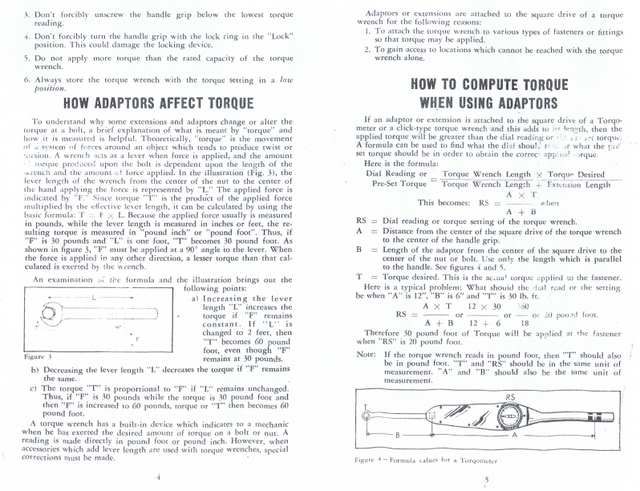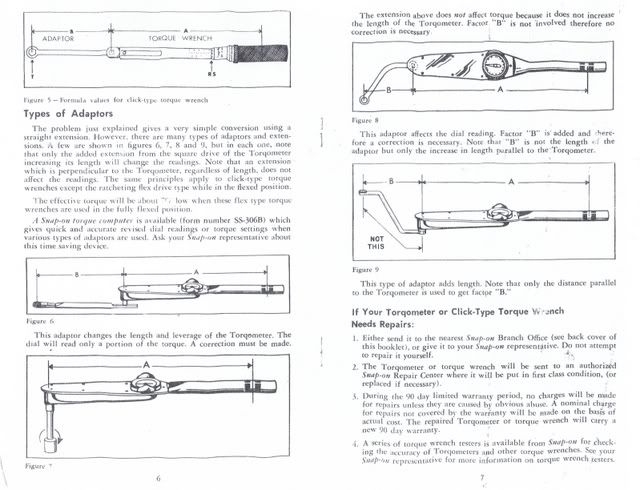I checked out a car for a new owner today and it is need of new rear wheel bearings or could they be loose? How much of a job is it to replace them? Is there a special tool needed?
Will
Original Post
Replies sorted oldest to newest
quote:... IF YOU ARE NOT IN A HURRY I WILL TAKE PHOTOS OF THE ENTIRE PROCESS AND TAKE NOTES OF MY PROJECT, AND FORWARD THEM TO YOU FOR REFERENCE?
quote:Originally posted by Art Stephens:
There are tools called a torque multipliers. You can find them on the internet. They don't appear to be cheap. You might be able to find a used one cheap on ebay, but then can you trust its accuracy? You might also be able to rent one somewhere?
Art
quote:Originally posted by JeffS:
If you want to use a extension on your torque wrench. There are formulas to ensure you apply the correct torque to the wheel bearing. I can do that at work tomorrow if you wish.
Jeff

